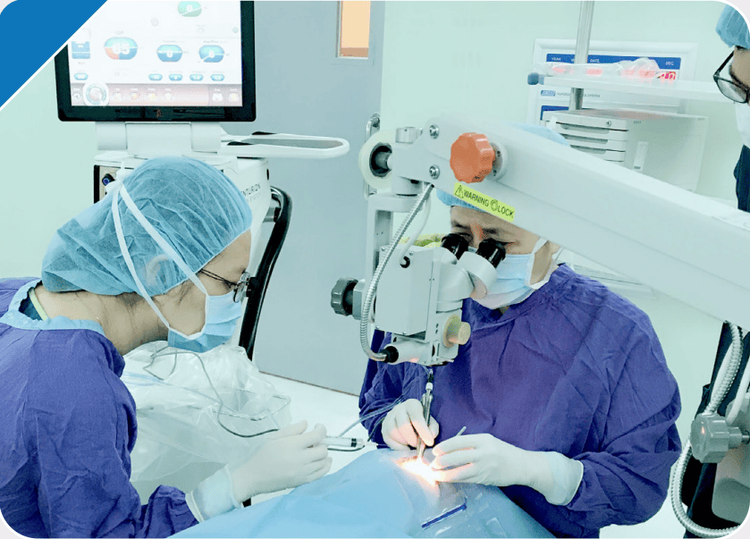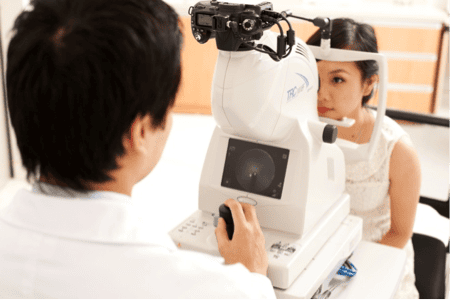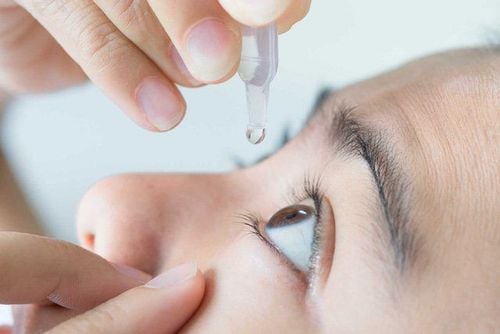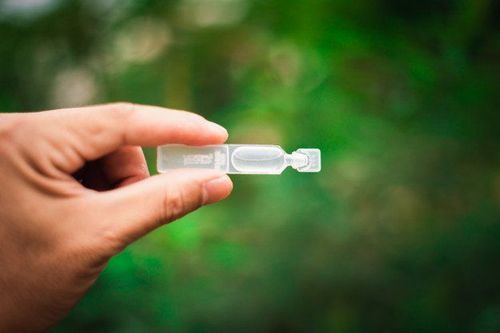This is an automatically translated article.
The article was professionally consulted by an eye doctor - Department of Examination & Internal Medicine - Vinmec Hai Phong International General HospitalChoroidal neovascularization is one of the dangerous complications of many different diseases such as (diabetic retinopathy, hypertensive retinopathy ....). These new vessels are less functional and fragile, causing them to break easily. complications that seriously affect the patient's vision.
1. What is choroidal neovascular disease?
In the structure of the eyeball shell, there are 3 membranes, in which the uvea or choroid contains many blood vessels that nourish the eyeball, secrete aqueous humor, regulate eye pressure, regulate the amount of light entering the eyeball, create a dark chamber for a clearer image.The uvea consists of three parts: the iris, the ciliary body, and the choroid. In which the iris and ciliary body are called anterior uvea, and the choroid is called posterior uvea. The choroid is the posterior part of the uvea, which contains many blood vessels to nourish the eyeball and has many black pigment-bearing cells to create a dark chamber for the eye to help foreign objects print clearly on the retina.
Choroidal neovascularization is a condition in which more blood vessels appear in the choroid, these blood vessels are less functional but fragile.

Bệnh nhân cận thị nặng tăng nguy cơ mắc tân mạch hắc mạc
2. Symptoms of choroidal neovascularization
When experiencing choroidal neovascularization, the patient may show signs such as:Rapid loss of vision, the patient sees blurred images, unclear objects. Cannot distinguish the color of objects clearly. The image is distorted, especially seeing the phenomenon of straight lines turning into curves. Dazzle eyes. Is there a central or peripheral opacity? That is to see the black cloud in front of your eyes. Manifestations due to choroidal neovascularization reduce macular function, collectively known as macular syndrome.

Giảm thị lực là triệu chứng phổ biến của bệnh
3. Dangerous complications of choroidal neoplasia
One of the most dangerous complications of choroidal neovascularization is retinal hemorrhage with edema of the central macular region. This complication seriously affects the patient's vision. This is also one of the causes of blindness.When this complication occurs, the patient will see symptoms such as: Seeing a rapid decrease in vision, flying flies...
When retinal hemorrhages occur, the ability to recover The function of light reception is very low and depends on many factors such as severity of the disease, age, comorbidities...
Complications have serious effects on vision, so they need to be treated and treated. Treatment helps to reduce the recurrence of the disease and helps to improve vision.
4. How to treat choroidal neovascularization?
Treatment of neovascularization has methods such as:4.1 Surgery
Surgery is performed to treat choroidal neovascularization, but this is a highly specialized operation and the surgery still carries a risk of recurrence.
Phẫu thuật mắt được thực hiện ở bệnh viện Vinmec
4.2 Intraocular injection method
The method of intraocular injection is a new method used in recent years with many advantages compared to the old methods.This method uses drugs that inhibit angiogenesis factor. Drugs used such as avastine, lucentis. After injection has shown good results due to the ability to improve vision after treatment for patients. This method helps to improve good vision and reduce the risk of disease recurrence. In addition, it also helps to limit the sequelae caused by the old methods. The procedure for intraocular injection is quite simple, the patient is checked and used the necessary drugs before injection. Then inject the drug and monitor for signs about 30 minutes after intraocular injection. The patient is allowed to go home the next day when monitoring and using the medicine according to the doctor's instructions. The number of injections depends on the individual patient. In addition to the above methods, the photodynamic laser method is also implemented in some advanced countries. However, only about 20-30% of patients improve their vision after using this method. Choroidal neovascularization can occur in many different diseases, this condition can cause serious complications that put the patient at risk of vision loss. When complications occur, the ability to restore vision is less, so people with risk factors for this condition should regularly visit and monitor the disease.
Please dial HOTLINE for more information or register for an appointment HERE. Download MyVinmec app to make appointments faster and to manage your bookings easily.













